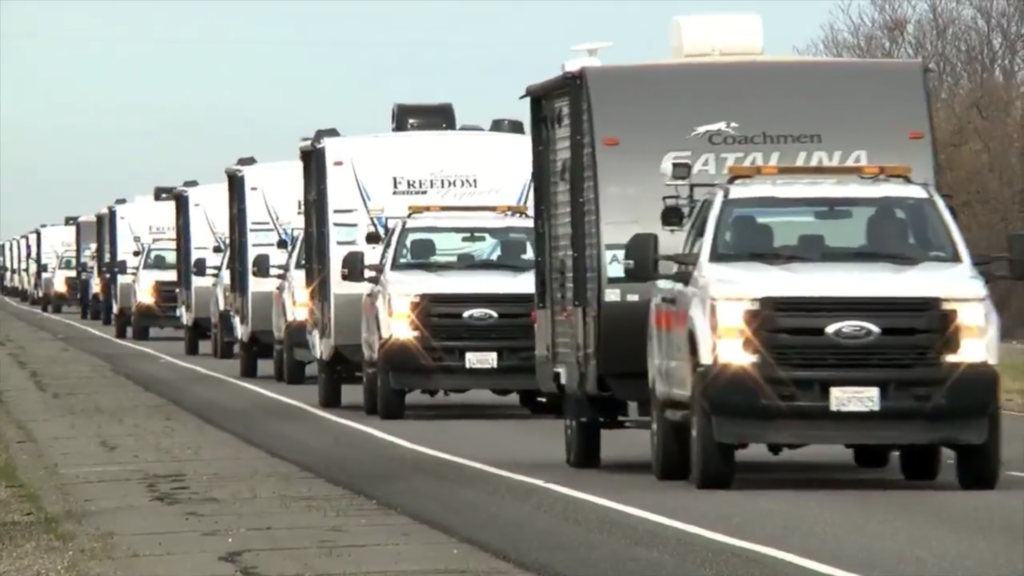
From the Antioch Homeless Encampment Task Force Facebook page.
Very little money of the $500,000+ the council set aside last year has yet to be spent. Thorpe doesn’t want homeless problem solved, just homeless encampments eliminated.
By Allen Payton
Rather than hire an Unhoused Resident Coordinator, at their meeting on Tuesday night, Jan. 28 the Antioch City Council approved an agreement with Focus Strategies to serve as a consultant on Unhoused Resident Coordinator services at a maximum cost of $73,500. The action is the result of the council’s decision to create the position last fall. (See related article).
A request for proposal (RFP) was issued seeking applicants for the position and Focus Strategies was the only firm to submit a proposal. The council will now rely on them to help better develop another RFP to fill the Unhoused Resident Coordinator position.
“They won’t be able to do everything in the RFP. But they’re very capable,” said Nickie Mastay, city Finance Director.
Megan Kurteff-Schatz, the organization’s president offered an introduction of Focus Strategies and their services.
“We’re really excited to work here, because we’re…increasingly committed to working in cities facing crises like Antioch is,” she said. “I was really excited to see this trailer program application, tonight. Antioch is really committing resources for a city your size.”
“I like your proposal,” said Mayor Pro Tem Joy Motts. “It’s obvious you’ve…identified what we’re looking for…having a coordinated homeless response system. I’m excited about your proposal and what you can bring to this effort…and have the task force work with you.”
Thorpe then asked, “When you say coordinated crisis, can you describe that for me?”
“The coordination needs to happen between crisis response and housing…linking those resources with housing resources,” Kurteff-Schatz responded. “To see homelessness go down you have to have both…to move them into a permanent housing solution. System optimization, taking the array of services and shelter opportunities available to folks in Antioch, and making sure those with the highest needs are served, first. The longer people have been outside a really long time, the harder it is to bring your numbers down.”
“The third element is…permanent housing…moving people out to permanent housing,” she shared. “What we’d be looking at…is Antioch has full access to all those resources…for some of the long-term permanent solutions.”
“The phrase concerns me,” Thorpe said. “We specifically titled it the Homeless Encampment Ad Hoc Committee. We didn’t want to solve the homelessness program because we don’t have the capacity to solve the homelessness problem. So, we were very specific. We talked about this, coordinated services…everything under the sun. What I think we took away from this, we better understand the county’s effort. The challenge…is while people wait for services…wait for permanent housing…we open…a day center. I don’t want to get caught up in the continuum of everything. What we need to do in this city is reduce the number of encampments. We need to get people housed. I love this trailer idea…to house people as they wait and go through this process. So, I get concerned when we talk about all the services.”
“It is about learning more about what is the appetite, what is the city council’s expectations, what we deliver and what we work toward is what the council fully intends,” Kurteff-Schatz responded. “You’ve set aside monies for this particular purpose, where the city and people see a direct benefit. What we can bring is strategies. A lot of work has already been done. What we can share are other options and other connections. I’m not talking about Antioch participating in the greater Continuum of Care. What we can bring is a lot of information and a lens of what happens when you make certain choices.”
“There are various people doing various things on their own and there isn’t a lot of coordination,” Thorpe said.
“We think all of the activities you identified are important. We are a consulting firm…the day to day locating things in the community is outside what we do,” Kurteff-Schatz shared. “We were very clear in our proposal what things we can do and what things we don’t do.”
“In your proposal it says you would be meeting with a team. Who is our team? Is that you, Nickie?” Ogorchock asked.
“Currently our staff is me, Nickie, Forrest Ebbs, our community development director, and Terri House has been working with us a little bit. So, that’s our team for now,” said City Manager Ron Bernal.
“Would you be pulling those together, the stakeholders…to have a conversation?” Ogorchock asked.
“We will help you figure out what resources you need,” Kurtzeff-Schatz said. “Use us as little as possible.”
“My thought process through this is that we wouldn’t be doing anything without coordinating with the county,” Motts said. “If we had your help…it’s my understanding the county supports those efforts through non-profits and other agencies. Community cabins and Tough Sheds, they’re not actually run by the city, they’re run through non-profits.”
“It’s not totally clear to me, yet, hopefully it will be. It seems to be a number of options that could be powerful, here in Antioch,” Kurtzeff-Schatz said. “Given the nature of the unsheltered crisis you have here, there’s more the city you can do. But, that depends on what options you decide to do.”
“I love the concept of having a business like yours, telling us what we should do, what other cities are doing,” Mayor Sean Wright said. “But, as this came to us, what we were looking for is a worker bee to take this off the plate of Ron, off the plate of city staff. That was the nature of the hire. Even with a worker bee we should be utilizing an organization like yours. So, you would be consulting the worker bee. “
“We put out this RFP with the expectation we would get someone,” Bernal explained. “We were excited about Megan’s proposal, because a firm like hers with the wide range of experiences…to find the best solution or solutions. But, for a worker bee, we are going to have to hire someone.”
“I feel whole heartedly we should move forward with your organization,” Wright continued. “But if we hire you and you tell us to do X,Y and Z but don’t have anyone to do X,Y and Z…we really don’t get anywhere. So maybe we table this until we have that person.”
“I was thinking the same thing,” Ogorchock said. “If you started Monday how long would you be able to put a plan in place?”
“At the 30 days we could have a list for staff to do…I think that’s reasonable,” Kurtzeff-Schatz said. “At 60 and 90 days you’re refining that…what local options would cost. Putting out RFP’s, deciding what you’re going to do. I don’t think it’s important that you have your key staff person in place, first…if in fact it’s not Ron and his team.”
“I personally don’t want to kick the can down the road any further. I like the idea of finding out what we can do and then hiring the person for that position. Maybe you can find the person to hire. It doesn’t make sense not to start,” Ogorchock stated. “Staff has already done a lot on this. I say start working on this sooner rather than later then work on that other piece.”
Council Member Monica Wilson then asked if they could help the city with hiring the worker bee.
“Whatever you decide to do needs to fit in with how you do business and what you see working,” Kurteff-Schatz said.
“The issue is we did an RFP looking for a person for this position without being specific,” Wright said. “But if we have you help us we can…utilize your expertise to go back out with an RFP in getting the right person.”
“I don’t see why we can’t do both,” Motts said. “I think Megan can help us develop what we’re looking for in that position.”
“That’s what I was saying,” Wright replied.
“Who helped us write the first RFP?” Thorpe asked.
“Actually, it was the council who helped us write the RFP,” Mastay responded.
“Your proposal is an hourly rate. So, if we went through Phase I, then we put that on hold and go out to hire that person,”
“So, we’re still running things ad hoc-like,” Thorpe stated. “You, Nickie, Teri and the ad hoc.”
“In the interim we would be doing what we’re doing now,” Bernal stated.
“So, the money we set aside at the end of last year we haven’t spent any of it,” Thorpe stated.
“Very little,” Bernal said.
“I’m personally fine where we are. I was really fixed on the coordinator person. This is yet another kind of delay. It’s important we get someone on the ground moving,” Thorpe added.
“If we say no to this we’re right back to where we started,” Wright said.
“I’m agreeing,” Thorpe responded.
Motts then made the motion to approve the agreement and Ogorchock seconded after clarifying
“Is there a need for clarification that this would be a phase one, and then there would be a pause, it could be a very quick pause, until we hire someone. Then we can move into phase two,” Wright said.
“That’s Ron’s job to determine the scope of work and the timelines,” Thorpe added.
The council then unanimously approved the agreement.
 DATE OF ORDER: April 14, 2020 Please read this Order carefully. Violation of or failure to comply with this Order is a misdemeanor punishable by fine, imprisonment, or both. (California Health and Safety Code, § 120295.)
DATE OF ORDER: April 14, 2020 Please read this Order carefully. Violation of or failure to comply with this Order is a misdemeanor punishable by fine, imprisonment, or both. (California Health and Safety Code, § 120295.)










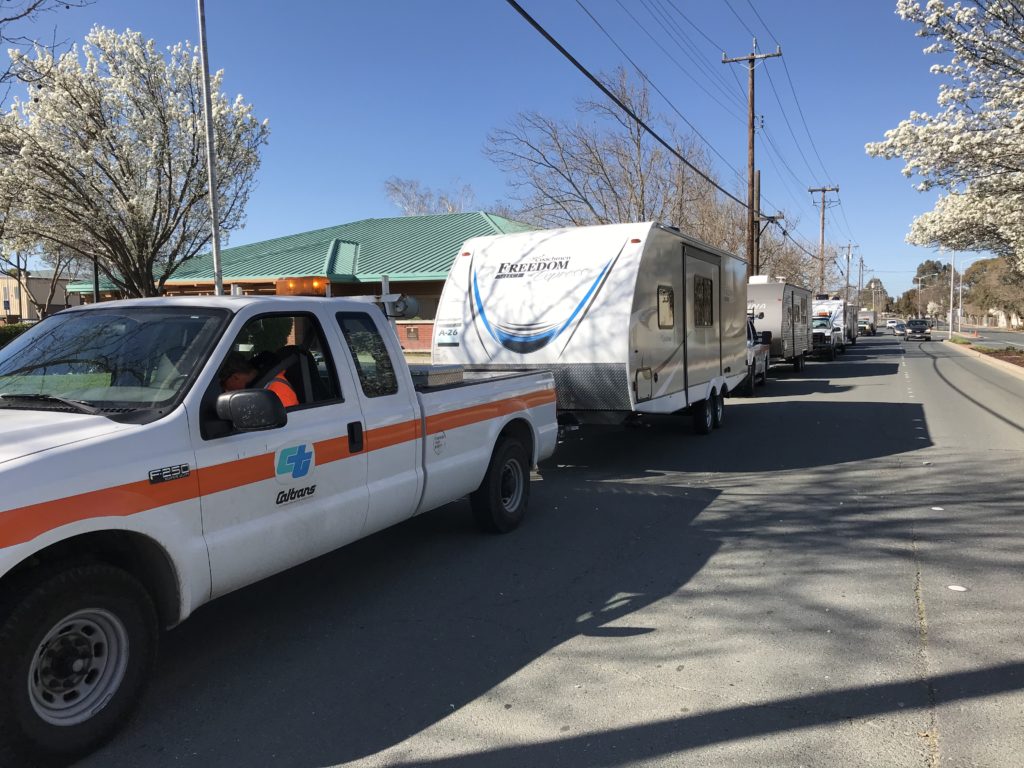
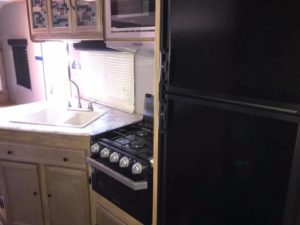

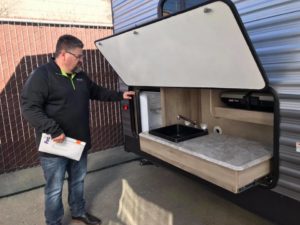
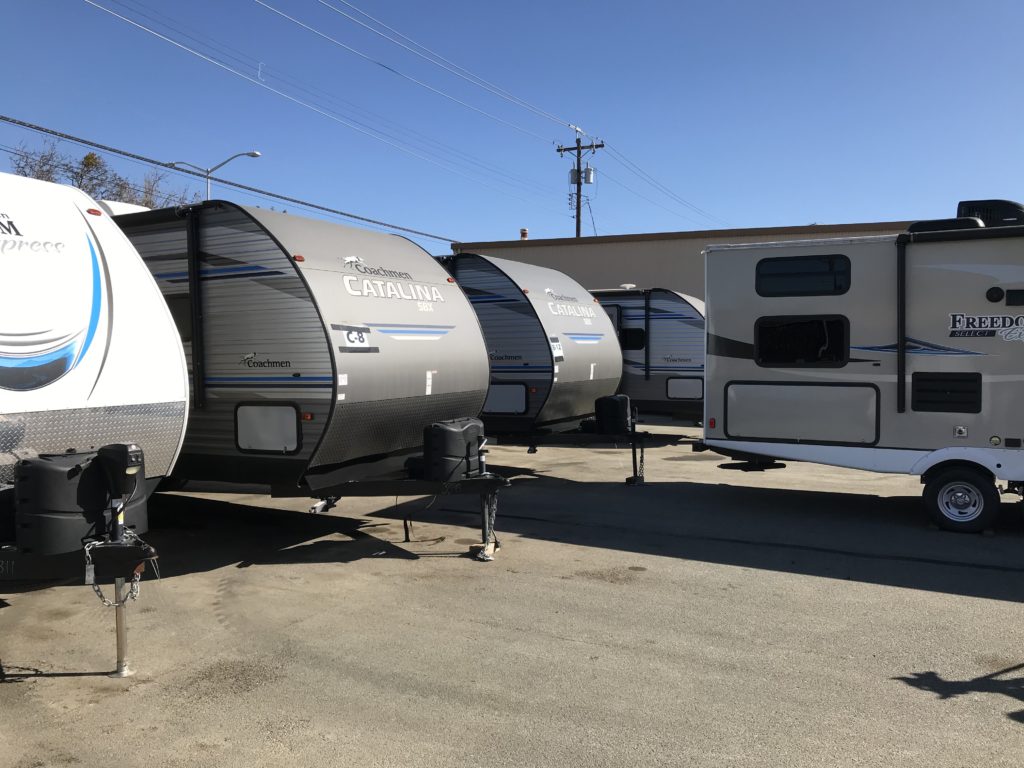
 In the City of Antioch’s effort to reduce homelessness, city officials applied to the Governor’s Office to be selected for five FEMA trailers that can be used to support homeless individuals and families. The City was selected to receive all five of the total 100 trailers the state is distributing. (See
In the City of Antioch’s effort to reduce homelessness, city officials applied to the Governor’s Office to be selected for five FEMA trailers that can be used to support homeless individuals and families. The City was selected to receive all five of the total 100 trailers the state is distributing. (See  Dear Editor:
Dear Editor:

